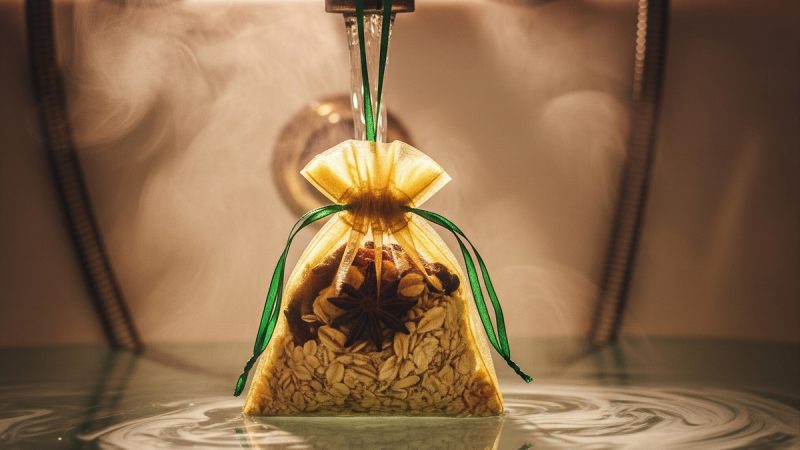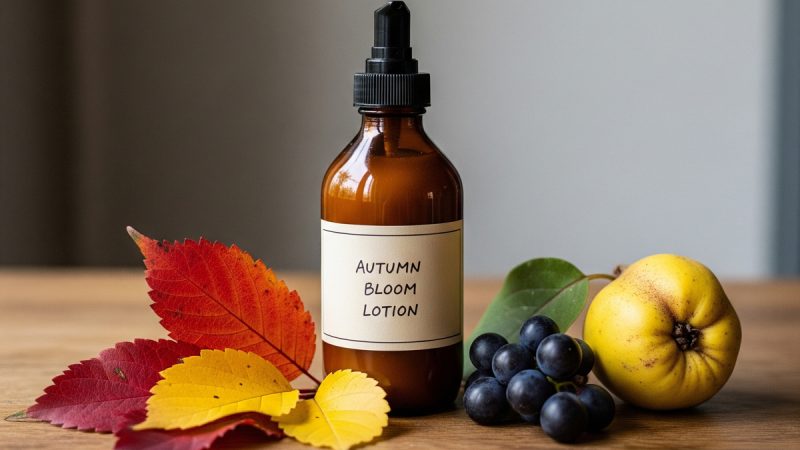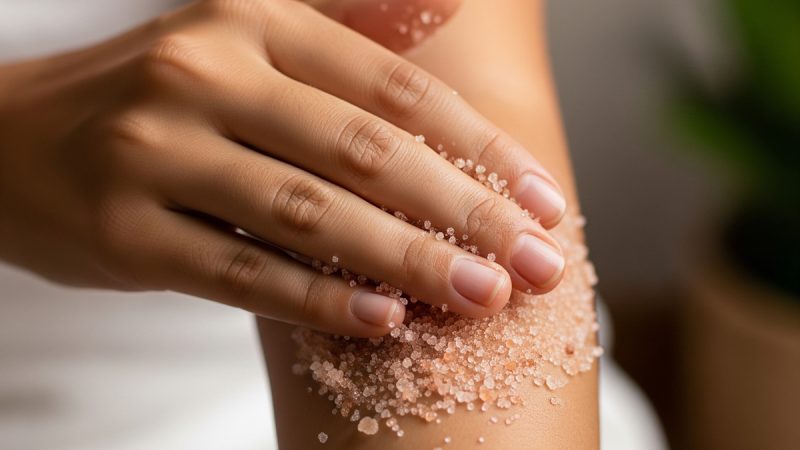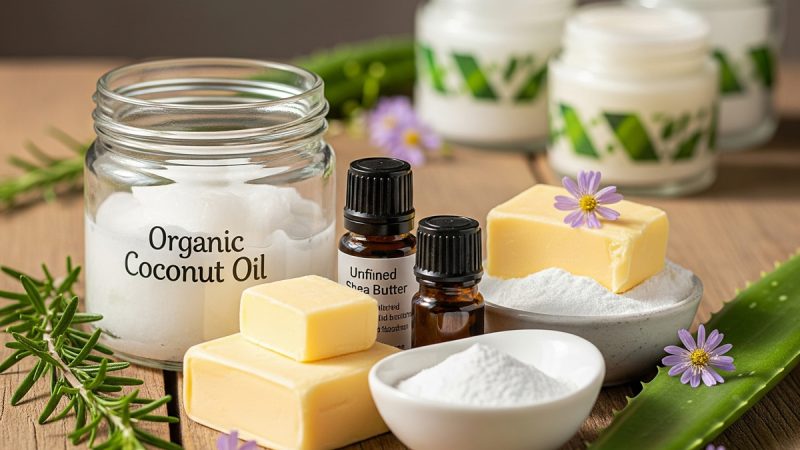Green Tea Bath

Green tea can be beneficial to you in two ways.
1. chemically
2. emotionally
Traditionally, the chemical benefit of tea is received by brewing the tea and then sipping it. The emotional benefit is derived from the practice of taking the time to stop and enjoy the aroma and the visual reward of the tea leaves unfurling as they are brewing and then of course from the final enjoyment of drinking the tea. Did you know that many benefits can also be derived from tea by bathing in it?
Green tea contains antioxidants, vitamins, minerals, and anti-bacterial properties. The main antioxidant found in green tea, EGCG (epigallocatechin3-gallate), was found to be 100 times more effective than vitamin C and 25 times more effective than vitamin E. Tea also contains tannins. Tannins are astringent substances that shrink or constrict body tissues usually locally after topical applications.
Why Bathe in Green Tea?
The skin is the largest organ in the human body. For the average adult human, the skin has a surface area of between 1.5-2.0 square meters (16.1-21.5 sq ft.), most of it is between 2-3 mm (0.10 inch) thick. The average square inch (6.5 cm²) of skin holds 650 sweat glands, 20 blood vessels, 60,000 melanocytes (cells that produce melanin which is a pigment) and more than a thousand nerve endings.
One of the most important functions of the skin is to provide the body with a defensive barrier from pathogens, which are agents that cause disease, and from harmful elements in the external environment, such as ultraviolet rays from the sun. The skin guards the underlying muscles, bones, tendons, ligaments and internal organs and it also protects the body from excessive water loss. Severely damaged skin repairs itself by forming scar tissue.
Skin absorption is a route by which substances can enter the body through the skin. Absorption of substances through the skin depends on a number of factors, the most important of which are concentration, duration of contact, solubility, physical condition of the skin and part of the body exposed. All the natural and beneficial ingredients in green tea make it a perfect choice for bathing in it so the nutrients may be absorbed through the skin.
A green tea bath is very easy to make. First you place six organic green tea bags in a tub of very hot water for ten to twenty minutes. Your bath water will turn a golden brown or dark brown color and this will let you know the antioxidants and vitamins have been released into your bath. Remove the tea bags and adjust the water temperature for your bath. You may also add a quarter to a half cup of olive oil to the bath water. Olive oil contains antioxidants and it will soften and sooth your skin if you tend to have very dry skin. Relax in your health bath for at least thirty minutes.
Research suggests that green tea can inhibit skin cancer due to its protective properties. Tannins in the tea not only heal burns and stop bleeding, but they also stop infection while they continue to heal the wound internally. The ability of tannins to form a protective layer over the exposed tissue keeps the wound from being infected even more. The natural antiseptic qualities in this tea also relieve the itching and swelling in cuts, scrapes, bites, hemorrhoids, anal fissures, rashes and acne blemishes. Of course, when dealing with a medical condition. one should always check with their doctor to make sure that bathing is recommended.
An alternative to a tea bath after a hard day at work, especially if you stand on your feet all day, is a green tea foot soak. Using Helen Foster’s recipe from The Beauty Book.
1.Bring water to just under boiling and pour it in a large foot bath container.
2.Place five green tea bags and a few drops of peppermint oil into the water.
3.Allow water to cool slightly for a few minutes, and then soak your feet.
Green tea baths are nourishing, detoxifying and healing, both chemically and emotionally.
The Author:
Doreen Storozuk is a hairstylist and business owner who has a keen interest in the amazing health benefits of green tea. She enjoys research and writing.
Photo. Humusak









Now that you know which are the best teas, you might be wondering why you should drink them – especially instead of, say, a cup of coffee? What exactly is green tea good for?
Green tea is not only a delightful beverage, but it also offers numerous health benefits. Unlike coffee, which often leads to jitters and crashes, green tea provides a more gentle and sustained energy boost. It contains a moderate amount of caffeine, which promotes alertness without the negative side effects.
One of the main reasons why green tea is highly regarded is its high antioxidant content. These antioxidants help combat free radicals in the body, which can reduce the risk of chronic diseases, including heart disease and certain types of cancer. Additionally, the presence of catechins in green tea supports weight loss by boosting metabolism and increasing fat oxidation.
Drinking green tea regularly has also been linked to improved brain function, as it contains L-theanine, which can enhance focus, mood, and overall cognitive performance. Furthermore, green tea has been found to lower the risk of developing type 2 diabetes, thanks to its ability to regulate blood sugar levels.
In addition to its internal benefits, green tea can also be used externally. As mentioned in the article on green tea baths, this herbal remedy can provide relief from skin irritation and inflammation, leaving your skin feeling refreshed and rejuvenated.
So, whether enjoyed as a beverage or used in various other forms, green tea offers a variety of health benefits that make it a fantastic choice for those looking to prioritize their well-being.